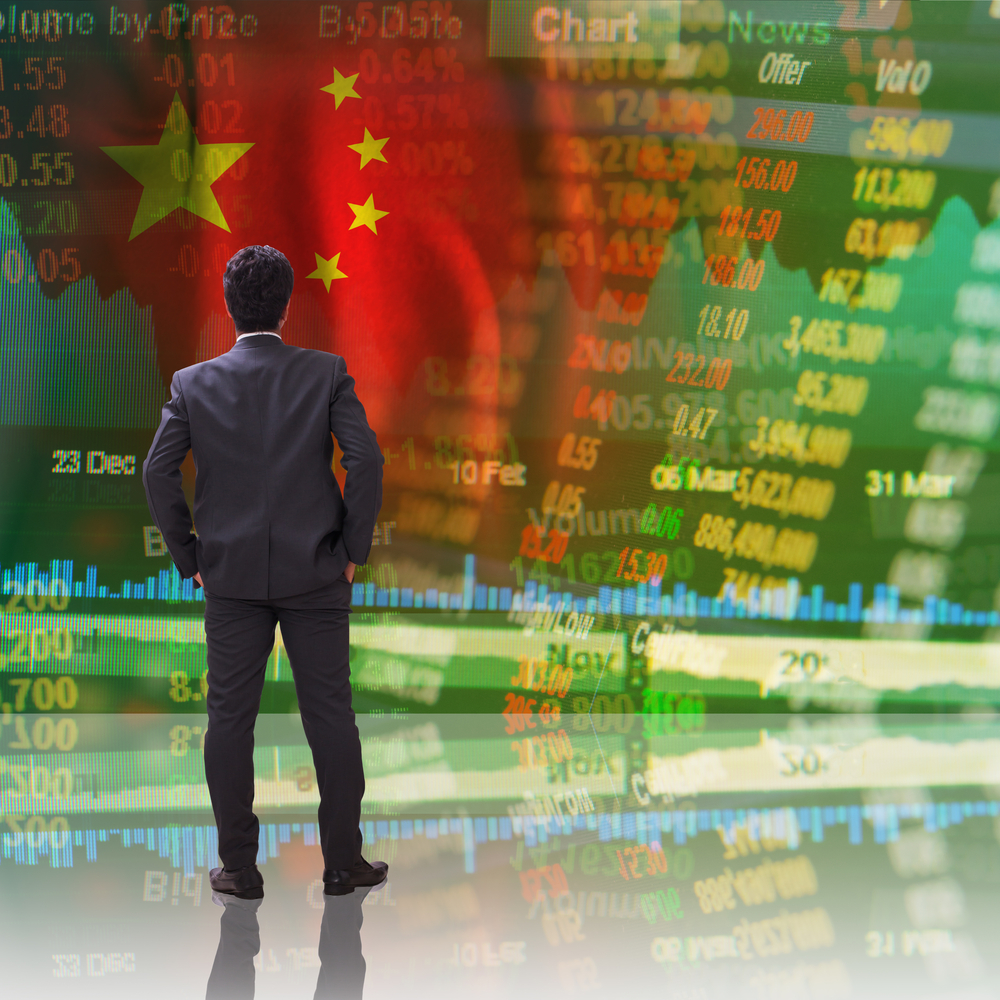Experienced Investor
The real story behind China’s ‘better than feared’ growth figures

China’s economic growth figures for the last quarter surpassed analysts’ expectations. Fidelity’s Tom Stevenson drills down into the data.
The latest GDP figures from China were a little better than feared – the slowest growth since 2009 but stronger than most estimates. Growth of 6.9% in the three months to September compared with 7% in the first two quarters and 7.3% for the whole of last year.
The headline number matters, of course, because so much of the global economy – from Rio Tinto’s iron ore volumes to Burberry’s sales of trench-coats – hangs on Chinese demand. But under the surface, something more important is going on. China’s economy is maturing, growing up from an investment and export model to one built on more sustainable domestic consumption.
The latest figures confirm that this desirable process remains underway. Drill down into the data and you will see industrial output growing at just 5.8%, close to a six-year low. By contrast the growth figure for services stood at 8.6% in the third quarter, up from 8.4% in the first half year.
Despite the worst fears triggered by the summer market turmoil, Chinese consumers are still spending, helped by Government measures to stimulate purchases of big ticket items such as cars and residential property. Most observers expect further stimulus this year as the Chinese authorities put their weight behind growth of the country’s “new economy”.
Already this is starting to show up in the data. The real estate sector, which endured 17 months of declining sales up to the summer, saw growth of 7.5% in terms of floor area in the first nine months of the year, up from 7.2% in the year to August.
For investors who can see through the volatility in the Chinese market, and related proxies like Hong Kong, there are plenty of opportunities to profit from this secular shift in the balance of the Chinese economy.
One area which looks particularly interesting is e-commerce. The shift online in China is obviously a global trend but it is happening even faster in China because the traditional bricks and mortar infrastructure had not been built out as it had in the developed world. Many Chinese consumers have jumped straight to online shopping and, with internet penetration still only around 50%, there is plenty of scope for further growth.
More generally, the consumption story looks to have more legs than the headlines around the clampdown on corruption and its impact on the luxury goods sectors might suggest. Urbanisation, which continues, is a key driver of this because ownership levels of things like domestic white goods and cars is far higher among city-dwellers.
The auto sector, in particular looks like it has enormous potential for further expansion. With just one in ten Chinese owning a car (compared with around 80% in the developed world), China is a long way from saturation (despite what you might think sitting in a Beijing or Shanghai traffic jam!). Valuations in the sector also look pretty compelling.
Looking at valuations more generally in China and related markets, these look attractive when compared with developed markets like the US. The turbulence over the summer saw multiples contract in all markets, even those like Hong Kong which had not enjoyed the rally during the previous year’s market rally.
Being selective remains key. The latest figures confirm that companies dependent on Chinese demand for natural resources will continue to face headwinds. Meanwhile companies exposed to slower demand for some luxury goods may also struggle. But the underlying growth story in China looks appealing from the standpoint of a tepid recovery in the West.
Undemanding valuations and selective growth opportunities create a great backdrop for stock-pickers.
Tom Stevenson is investment director at Fidelity Worldwide Investment
[article_related_posts]